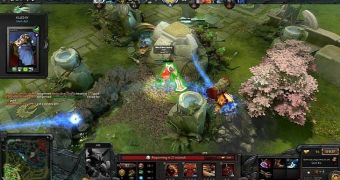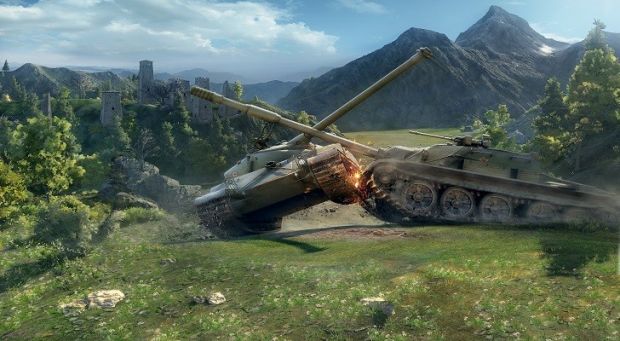With the emerging trend of free-to-play games and even major players in the business moving behind the business model, with stuff like World of Tanks, League of Legends, Hearthstone and Team Fortress 2 being among the most famous superstars of the freeloading world, people are expecting that paying some amount of money to support the game you like is most likely becoming a mainstream thing among gamers.
A report from the app testing firm Swrve suggests that things may not be as simple as one might be tempted to believe at first, showing that the player retention and monetization strategies that free-to-play developers have to struggle with are even more complex than initially imagined.
According to a massive survey conducted by Swrve, tracking the habits of 10 million new players on 30 games over the course of 90 days, the conclusions are bewildering. The report states that around 46 percent of all revenue comes from 0.22 percent of the total player base, with two thirds of people stopping playing after one day.
Additionally, only 2.2 percent of the total number of players who try a game ever spend any money, and the spending isn't spread evenly even then, with 10 percent of the total number of paying users contributing almost half of the total revenue.
Beyond concerns regarding the actual monetization itself, the report also revealed the difficulty of retaining players, showing that two thirds of the tracked gamers usually quit playing the games within a day of downloading them.
The report also shows that early monetization is a key concern that developers should focus on, as 53 percent of revenue was recorded within the first seven days after downloading a game. The data also shows that developers who focus their efforts entirely on new user acquisition should also worry about keeping users engaged after their app has been downloaded in order to increase the odds that they will generate revenue.But the figures reported above should not be conclusive to a facile free-to-play equals freeloading conclusion, as the F2P model is much more complex than the traditional pre-digital one, and it doesn't mean that the majority of non-paying players are not contributing to the game's overall success.
"That is a flawed and misleading assumption rooted in pre-digital thinking," answered Nicholas Lovell, owner of Gamesbrief, a F2P-focused games business site. "It is based on the thinking that a person who does not pay is barely better than a pirate, an evil freeloader, who must be made to pay or else."
Free-to-play developers begin their efforts with the assumption that the majority of people will never pay anything, and will be happy to wait instead of accelerating to the end-game, being content with enjoying the core game experience, and not the entire package and all facets of gameplay.

 14 DAY TRIAL //
14 DAY TRIAL // 

